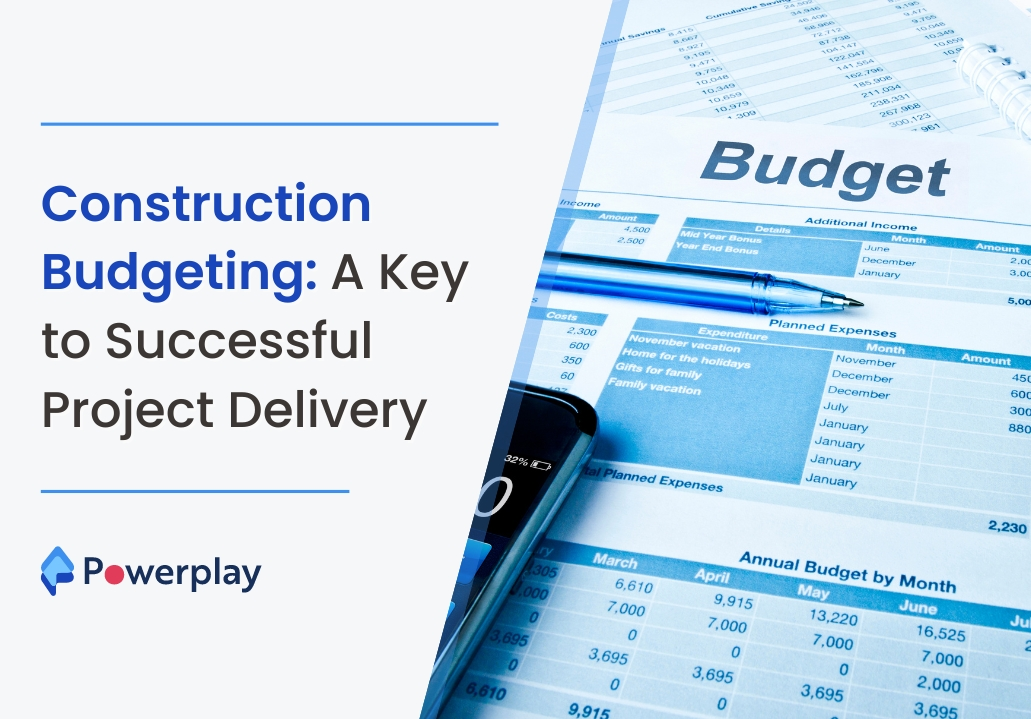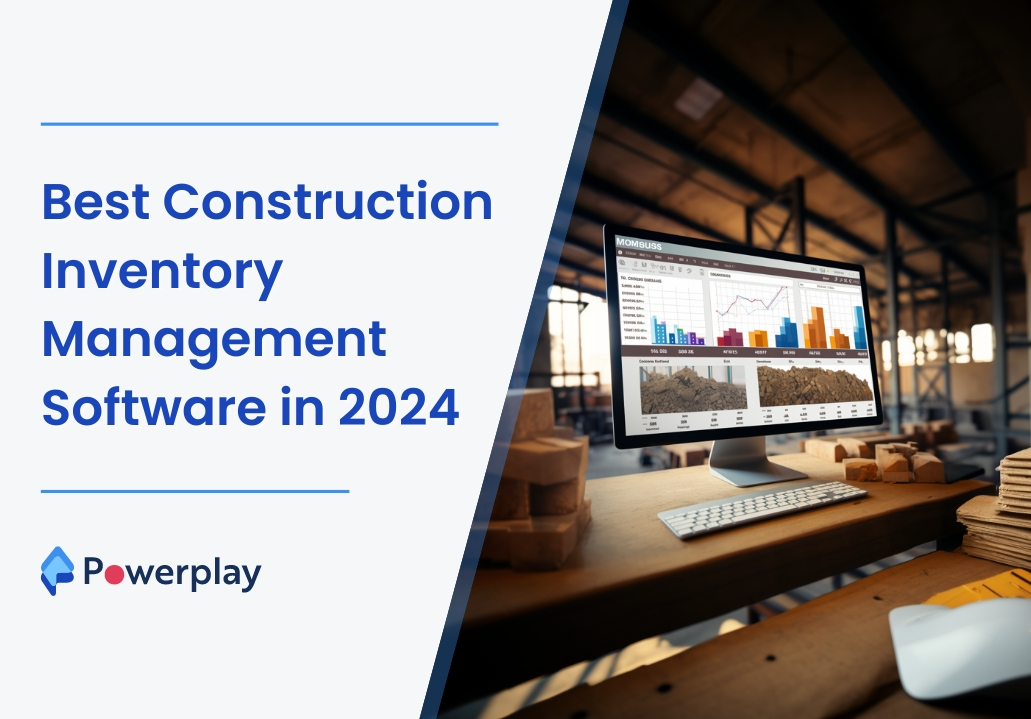How to create a construction project plan?
-
Kumar Abhishek Anand
- October 23, 2023

Large construction projects will fail without a well-planned and executed schedule or project plan. Software systems for construction management can help with efficient scheduling and planning by creating an integrated environment that allows stakeholders to communicate and collaborate and allows them to take on tasks without taking any risks.
Communication, risks and coordination are all critical components of a productive operational workflow. Your schedule is an essential tool for managing projects. It is crucial to choose the right technology and construction method. The success of your project depends on the choice of technology and construction methods.
The cost and time involved in construction will be directly affected by your decision to build concrete structures on-site or buy prefabricated ones. Your team’s success will depend on how efficient they are in finding the right digital solution. It will directly impact the time taken to complete the various activities and the flow between them by reducing administrative tasks.
Steps to create a construction project plan
Construction planning is selecting the right policies, processes, or procedures to achieve the project’s objectives. Software for construction scheduling allows you to create detailed plans that include action plans for cost and scope as well as time and quality. Proper planning and scheduling can specify resources (materials. labour. equipment). Given below is a step-by-step process with which you can create a construction project plan:
1. Identify your goals
Use the resources you have gathered to create a high-level strategy for mapping out your project. Use the SMART system to ensure that all project goals are tied back to your business case.
Once you have a clear vision of what you are trying to accomplish, you can begin to list the larger project areas that will assist you in reaching your goals. These include the technology and construction methods needed, the work tasks you need, the time management, milestones, and the relationships between functions.
2. You can’t complete some parts of the job until others are completed.
Any changes in materials could impact what is needed by the next.
This step is crucial because it helps you map your goals and plan how you will get there.
Bring the whole team aboard and estimate your resources. As you assign responsibilities, get your team to review the plan and tag them in your project management software.
3. Everyone can ask questions and see how they will respond.
You’ll make your project team more productive and engaged if they understand their roles and contribute to the entire team’s success.
It is essential to explain how they are expected to do more than just the core job. They should also be expected to report on progress, notify you about incidents, and provide updates if necessary.
4. Look at all the information and tools in your plan.
Estimate activity durations before you can plan how long each job phase will take. It is essential to know who is doing what and what they need to do their part.
Use your project plan to list all subcontractors involved in each phase. Ask them to estimate the time it will take to put together their materials, what they will use, and how much each step will take. Before you start scheduling, you must have a complete list of all materials used. Take a copy of the code inspections and requirements from your local office, and add them to your schedule.
You will need to research your job details to find out what restrictions apply. This will allow you to create a more efficient schedule and ensure that your project meets local building regulations.
5. No matter how small or large the task, prioritize it
Planning a project is incomplete without knowing which tasks are most important and which can be delayed. It will allow you to ensure that your schedule is complete by compiling a full list of all functions, broken down into the essential steps required for each task. You can also see how delays in any area could affect the whole job.
Do not forget to include any step that impacts your work, even if you or your team don’t have to complete it. You can connect each step to procurement, delivery, and financial requirements to see how these will impact your tasks.
6. Set milestones and get everything in order
Once you have a list of all the essential parts and an idea of how long each will take, it’s time to look at the significant phases from a high-level perspective. You can use project milestones to give you a better view of the project, such as completing a foundation or concreting a slab.
Once you have established the stages, break down each minor task into lists within each phase. These will provide you with the significant milestones and the smaller steps required to accomplish them.
7. Add the time it will take to complete each task.
Add a time to each task using the information you have taken from your business or subcontractors. Use the prioritization process from step two to give them a start- and finish date.
Moving individual tasks around might take some time until you achieve the perfect balance. You should allow some buffer room in case of delays, holidays, bad weather, etc.
You must ensure that your schedule is realistic. It is not a good idea to pressure yourself to meet a specific date.
8. Give your team feedback and be honest.
All task owners should be notified about their duties and responsibilities. Each individual should know what is expected and when it will be completed. It can be confusing when there are many contractors or other vendors. This is why it is vital to keep your schedule organized.
The digital tool will allow you to organize your teams by speciality, tag team members, send due date notifications, colour code tasks by milestone and much more. It is an excellent way to communicate clearly.
9. Review your schedule
You can’t prepare for everything. Things will happen, and your schedule may need to be adjusted. It’s perfectly okay. Your program doesn’t have to be completed on the first day. It is a guideline, not a comprehensive plan. You might need to take more than one route to get there. You’ll be able to plan your route and know what to do when needed.
Regular reviews are an excellent idea for reviewing the schedule and identifying any issues. You can update your plan as each project develops, so you know what you will need in the future.
A schedule won’t help your project stay on track. Your team and you must keep it on track each day. You need to check it every day and adjust it as you learn.
Share
Kumar is a digital content professional with more than 2 years of experience in Blog writing, copywriting and scripting. His passion lies in the art of creating convincing content that plays a major role in converting leads for SAAS businesses.












